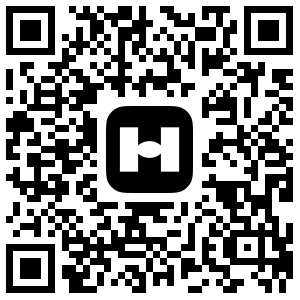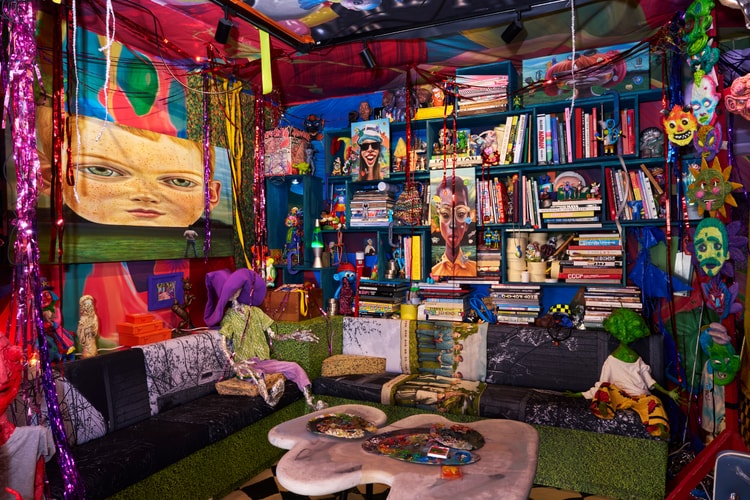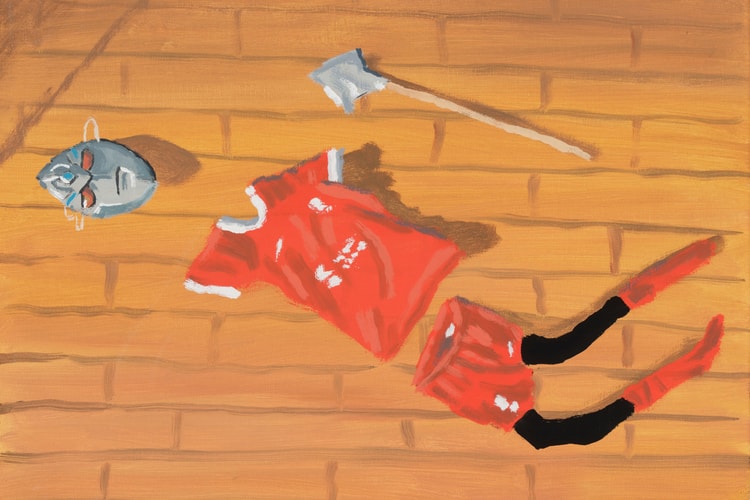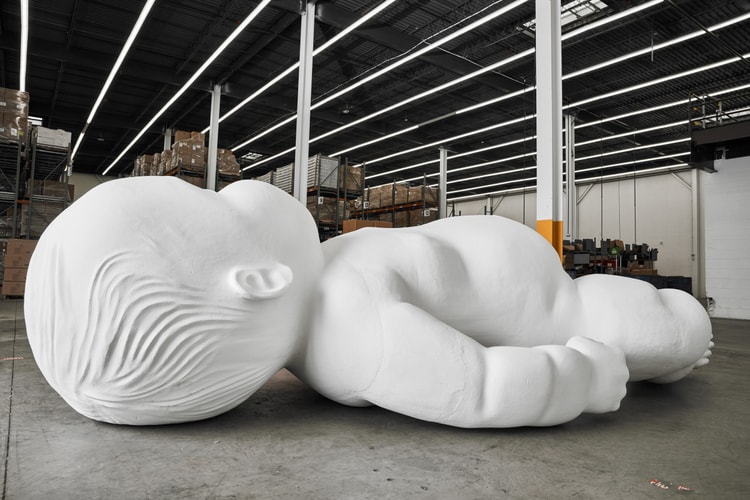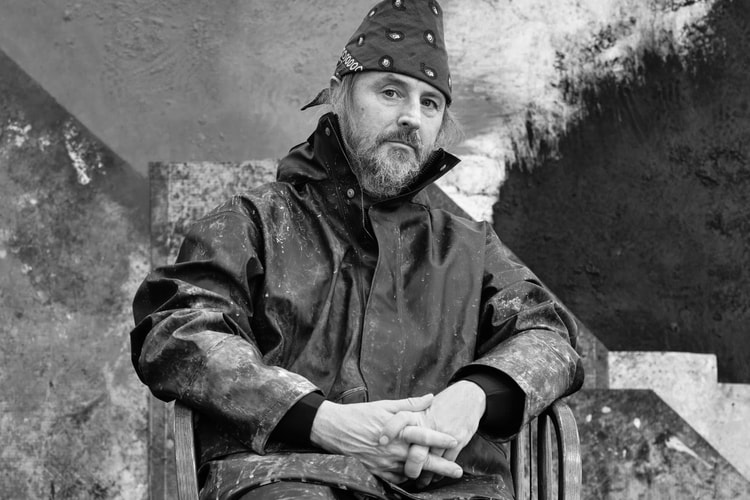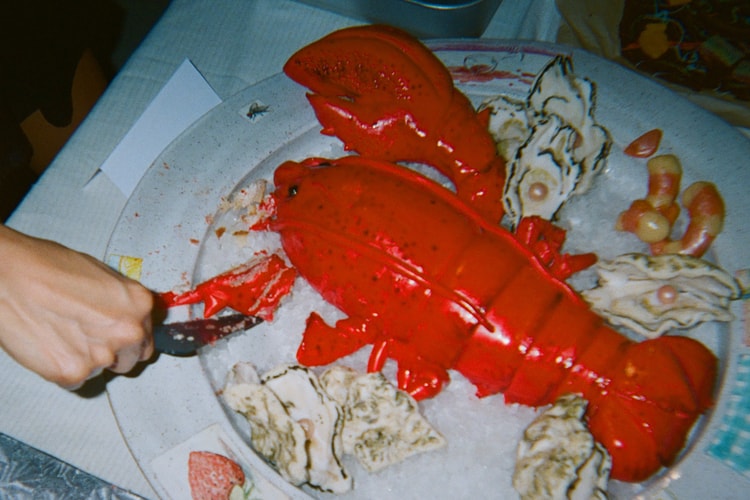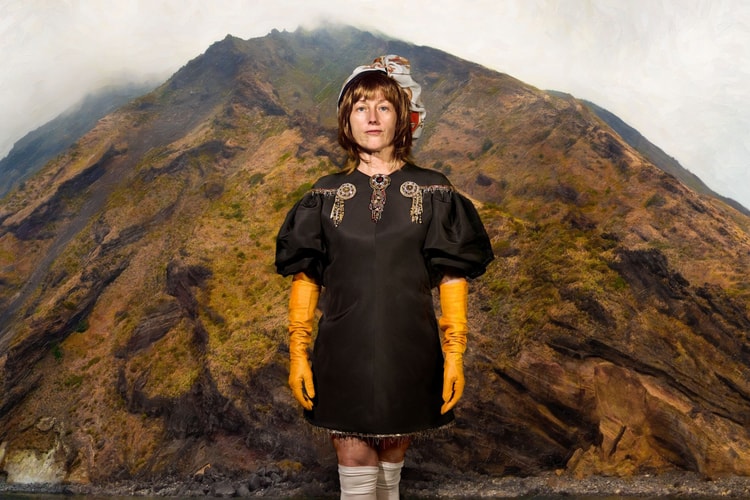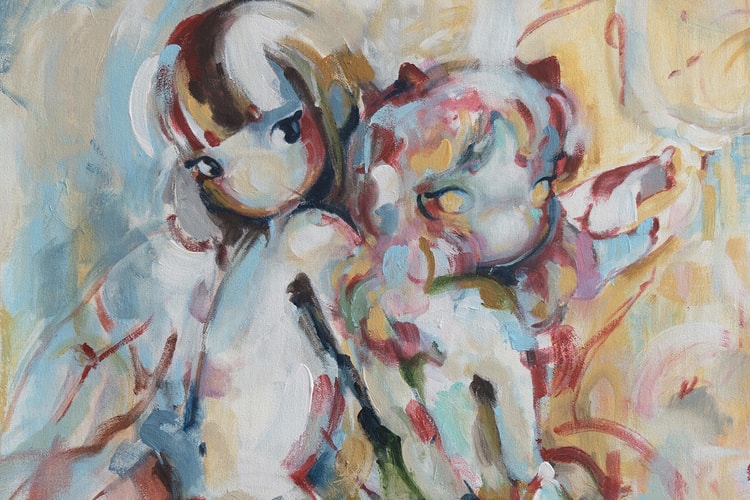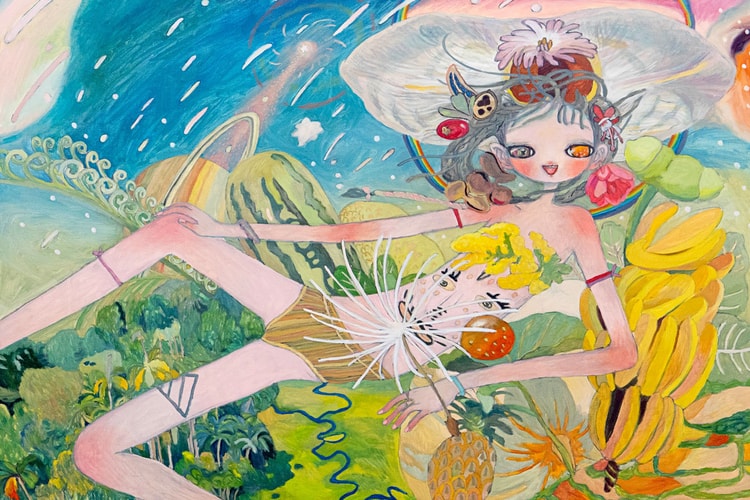‘Vignettes’ by Marty Schnapf Channels the Subconscious in Kaleidoscopic Paintings
Perrotin Hong Kong’s latest exhibition explores the fluid boundary between figuration and abstraction.
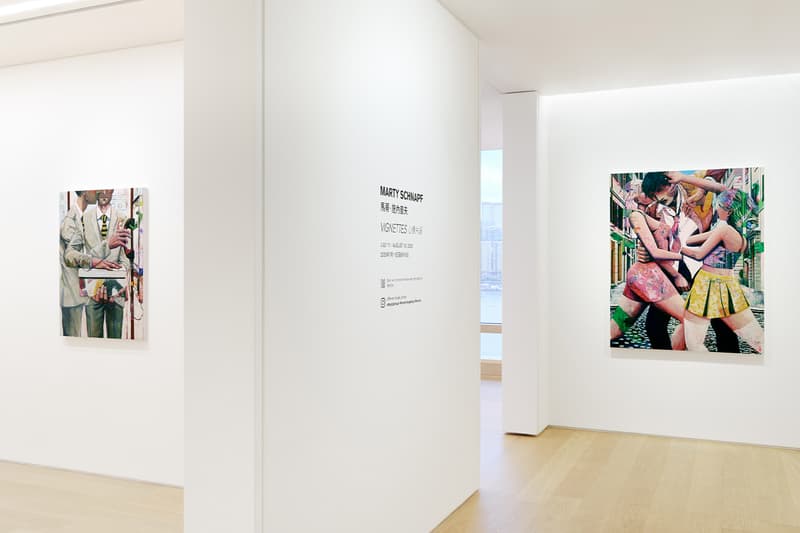
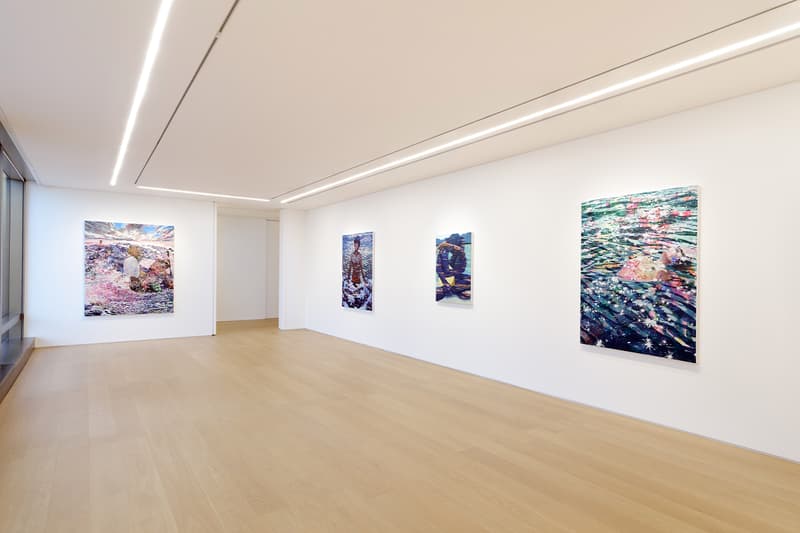
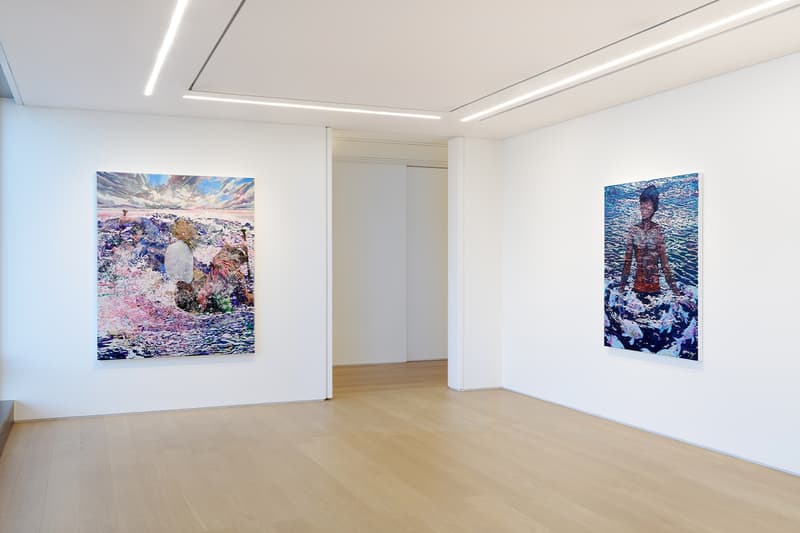
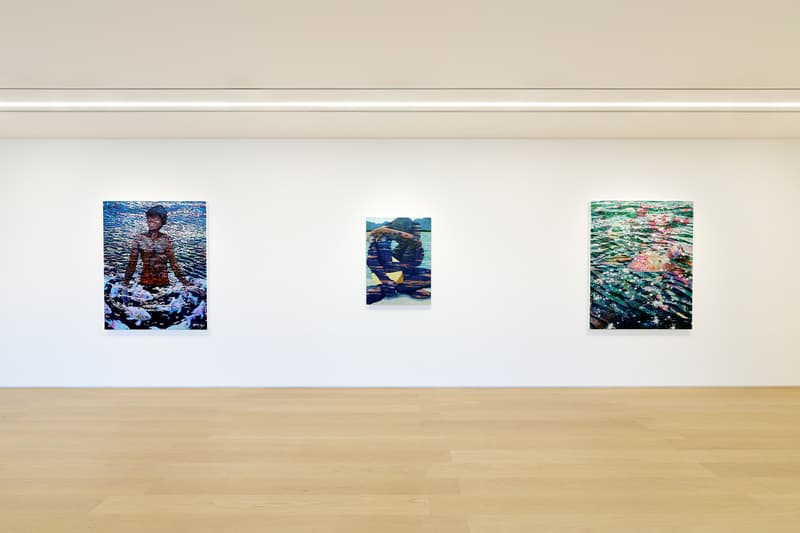
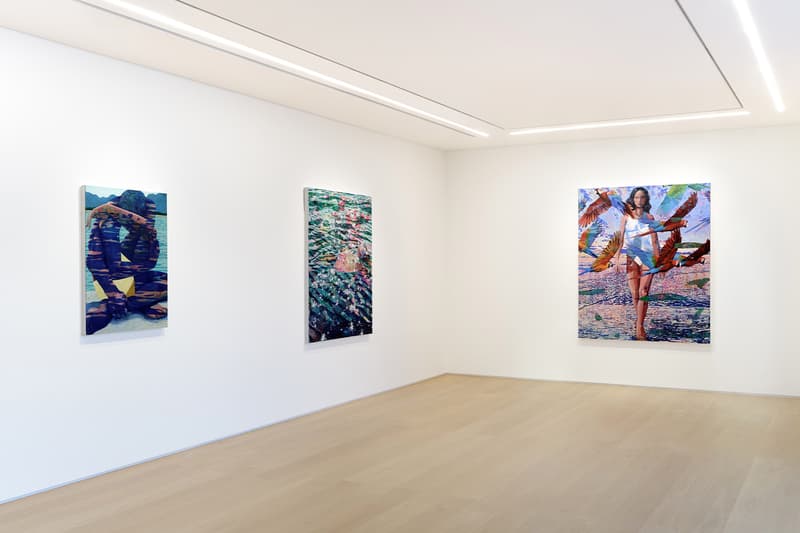
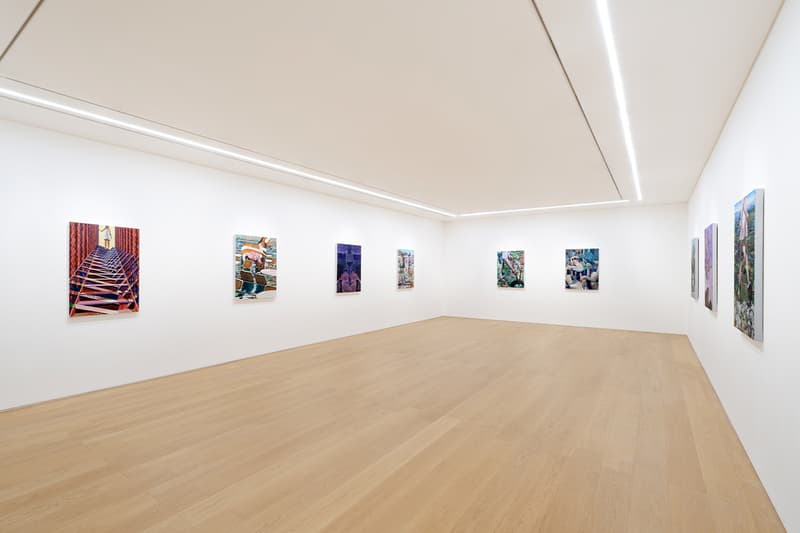
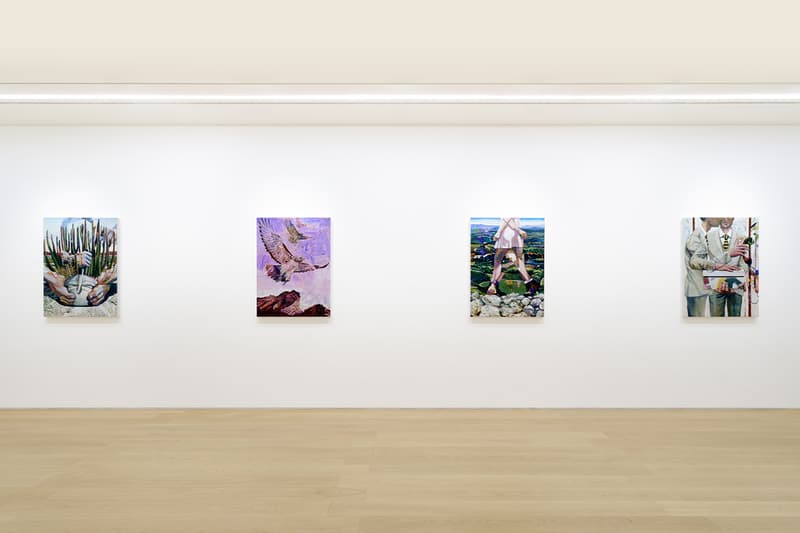
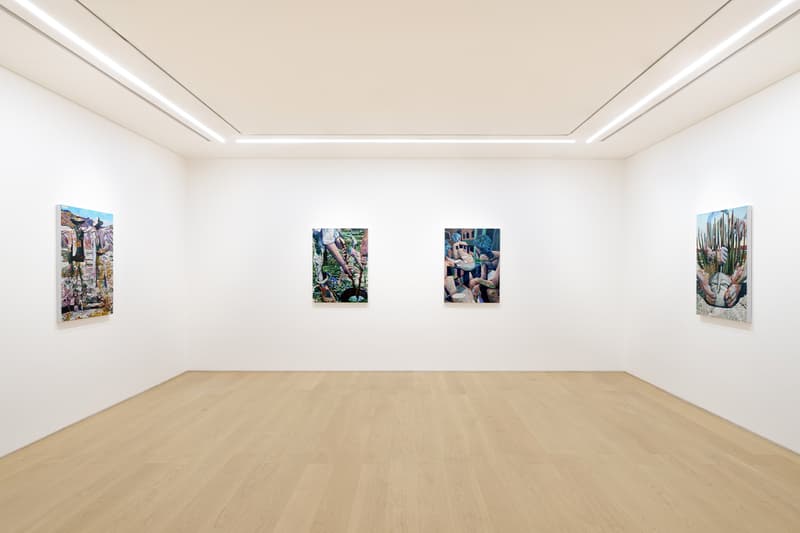
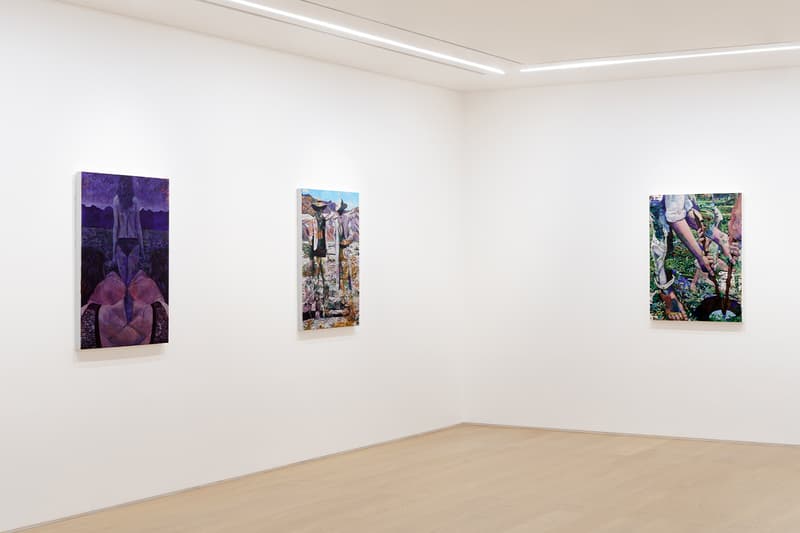
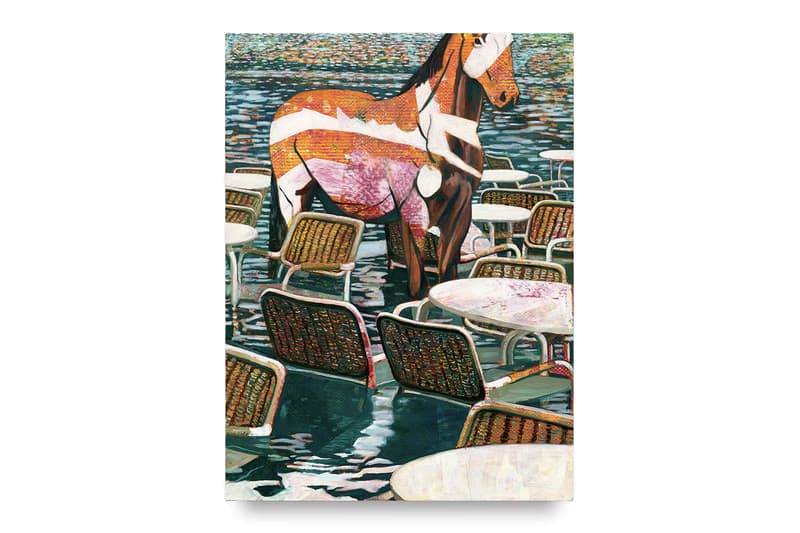
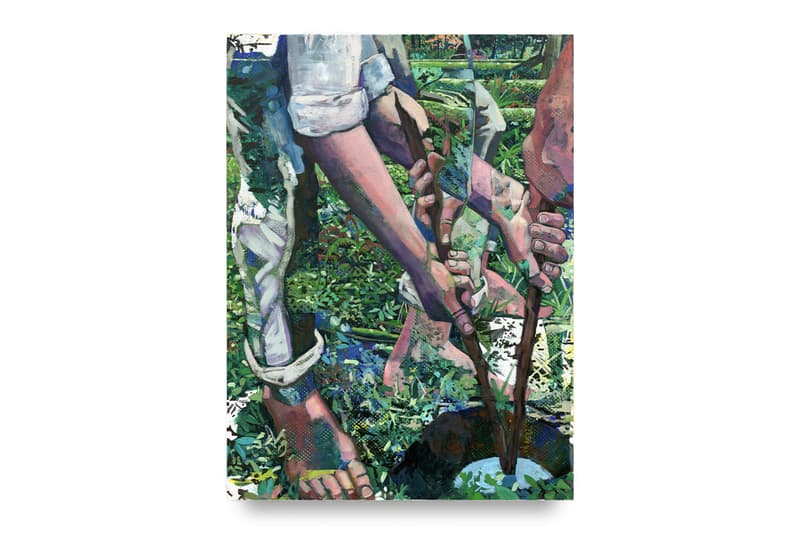
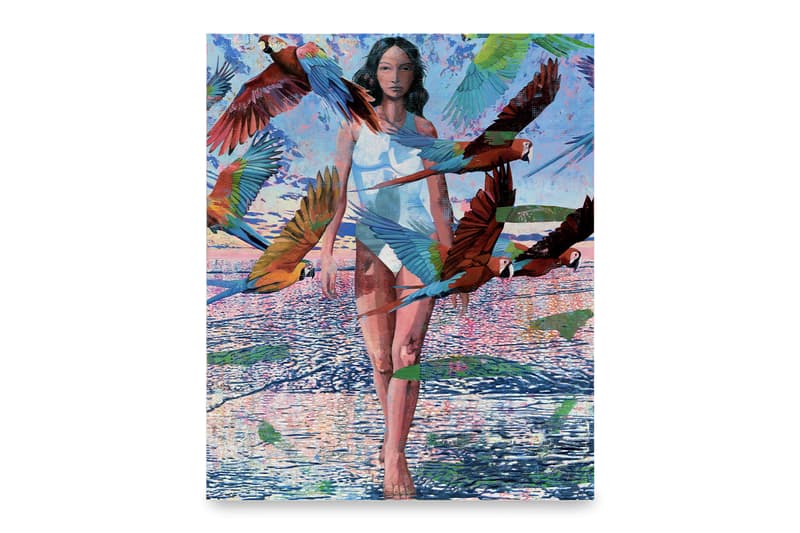
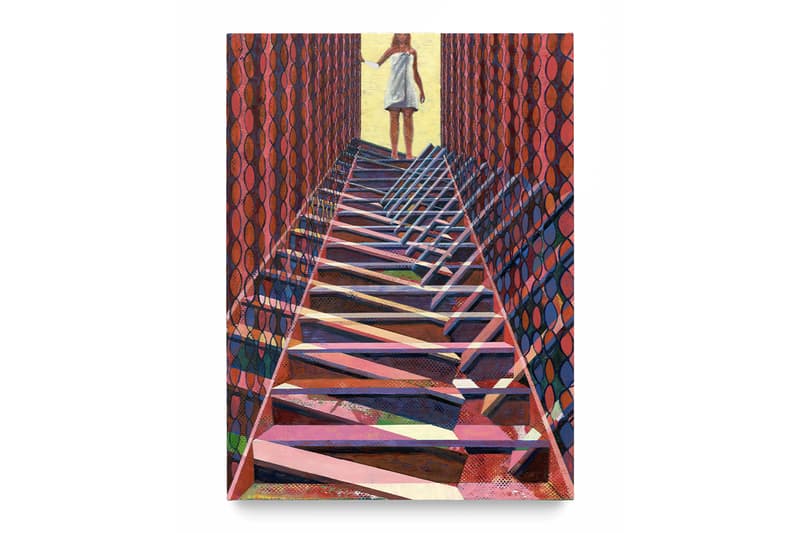
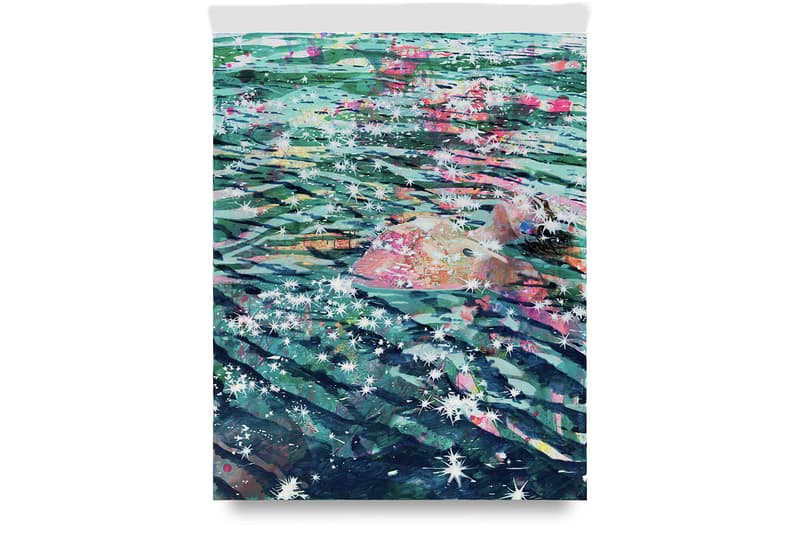
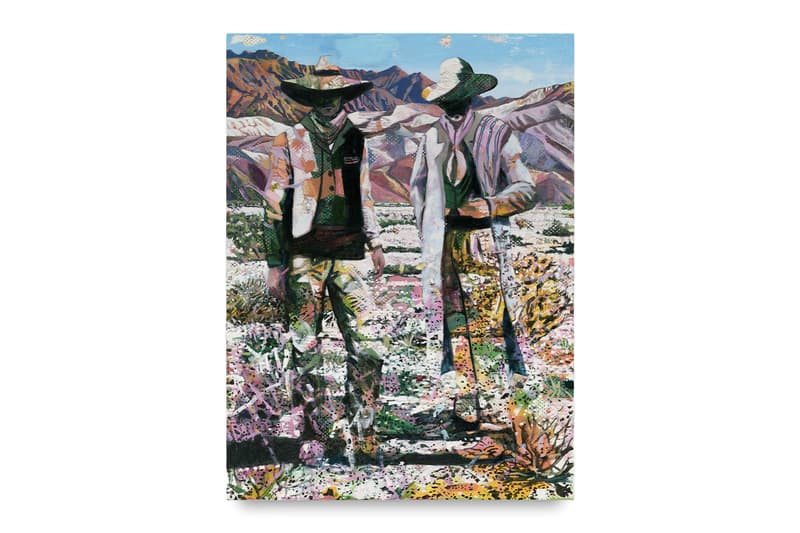
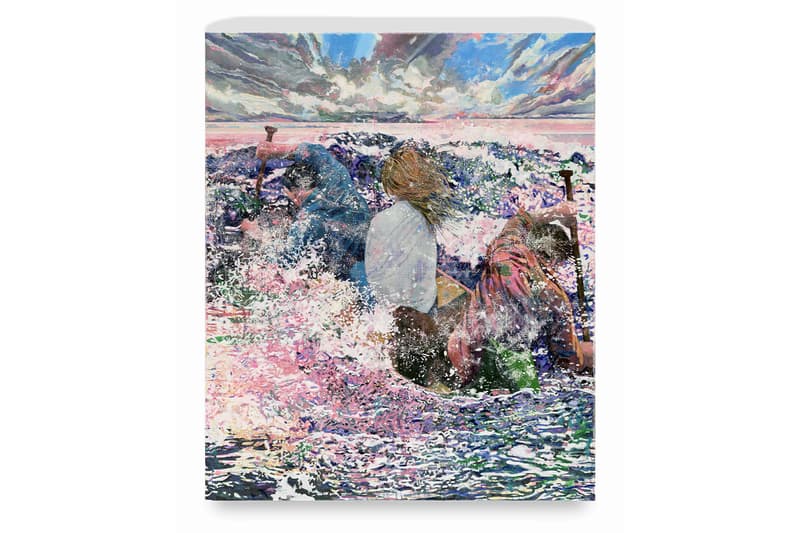
Summary
- Marty Schnapf’s Vignettes exhibition opens at Perrotin Hong Kong
- It features kaleidoscopic paintings blending figuration/abstraction, drawing from dreams and water motifs
- The show will run until September 13, 2025
Marty Schnapf’s solo exhibition Vignettes, now on view at Perrotin Hong Kong, presents a series of kaleidoscopic paintings that blur the boundaries between figuration and abstraction. Drawing from dreams, memories and symbolic archetypes, Schnapf’s compositions act as portals into extrasensory realms where bodies dissolve, refract and merge with their surroundings. Water emerges as a central motif both as subject and metaphor, appearing in works like “Memory Pool” and “The Pull of the Moon, the Draw of the Shore,” where translucent figures commune with luminescent fish or navigate turbulent seas, evoking the fluidity of the subconscious.
Throughout the exhibition, Schnapf’s painterly gestures conjure a rhythmic interplay between material and illusion. In “River Crossing,” a male figure contorts into a knot of limbs, overlaid with midnight-blue brushstrokes that mimic water’s movement. Smaller works such as “Forager” and “Pensione 3 a.m.” explore interior and psychological landscapes, using warped topographies and visual glitches to suggest metaphysical passageways. These vignettes are rich with allegorical emblems – a hawk, a mask, a flooded piazza – forming a cryptic visual language that invites viewers to decode their own interpretations.
Your paintings begin with abstract layers that remain visible, even after the figures are built on top. How do you view that initial chaos or spontaneity in the final work, and what should viewers know about what’s “underneath” the surface?
I see abstraction as a way of seeding the work with a kind of primordial vitality. The initial layers offer a plane of gestural expression and experimentation from which form and narrative wrestle their way into existence.
In works like “Forager,” how do you use visual “glitches” to push that sense of visual tension?
“Forager” is an example of moving the painting through several such lifecycles, from abstraction to representation that is re-abstracted and then redefined several times over. With iteration, glitches can occur that spark new ways of seeing. In this case, the figure appears to exist through time across multiple simultaneous manifestations.
“I never employ a symbol for symbolic sake… We each incorporate within ourselves some part of the lives around us. ”
Can you walk us through your use of water as both subject and metaphor in this series? What does it represent for you personally or symbolically?
As a subject matter, water is a painter’s dream. It can be opaque, transparent, translucent, reflective, refractive, calm, explosive, etc. In its representation, our mind accepts an almost absurd abundance of expressive forms. This may be one of the reasons that it is such a potent symbol of the unconscious. We experience it but can never quite pin it down. I am very intrigued by this place of both knowing and not knowing. There is something deeply honest about such ambiguous states of perception.
You’ve said before that “Distortion can be more beautiful than clarity.” Can you expand on what this means in your art — and in life?
I said that in reference to the relationship between my paintings and music. I was considering how and why distortion had become a sonically impactful element of contemporary music and I realized that in highly mediated environments, a longing arises for the unintended. Distortion in this context reads as a substratum of unbound truth peeking through the cracks. One can reject such emergence and hold tight to their initial composition, but I prefer to engage and integrate the unexpected.
Works like “The Pull of the Moon, The Draw of the Shore” and “The Grateful Swimmer” evoke intensely dream-like moments. While some are rooted in personal memory, others seem to hover in a more mythic or symbolic space. How do you navigate between the autobiographical and the archetypal in your work?
I don’t think there needs to be a separation between the archetypal and autobiographical. I never employ a symbol for symbolic sake. Rather, the archetypes arise naturally through attention to lived experience. That said, it doesn’t have to be my lived experience. We each incorporate within ourselves some part of the lives around us. Listening to this shared self can call forth imagery that would be inaccessible through a more narrow reflection.
“ I found myself responding to something far more thematic than aesthetic — it’s the power of chance to change the course of a life and the power of a life to write poetry into that change.”
Your work often evokes a strong sense of movement and gesture, almost like choreography. Knowing that you also have had experiences working in performance and contemporary dance before, how do those influences shape the way you construct an image?
Every artistic medium has something to teach that cannot be easily gleaned from the others. Yet, those lessons can nonetheless be powerfully incorporated across disciplines. Painting is one of the most elastic forms because it works almost entirely through implication while remaining far less incumbered by physics. For example, although a painting may not traverse space, its elements can be paused at the borderline between one location and another. If done well, the viewer will naturally infer the time before and after. But movement is only the most apparent attribute of dance.
Far more important, in my opinion, is embodiment. A master dancer exudes an inarticulable force of presence and it is this more than any other aspect of dance that I seek to draw from. Gesture can provide a key route to complex emotional content — whether it is through the paint stroke in which we feel the movement of the painter’s wrist or the painted wrist through which we infer an entire figure. A wonderful drama can be played simply through the oppositional expressions of two gestures made by the same figure.
This is your first solo exhibition in Hong Kong. Has the cultural context or physical environment here influenced the way you think about this body of work?
This exhibition provided me with my first opportunity to visit Hong Kong. Until now, I have known the region primarily through the films of Wong Kar-wai — especially Chung King Express. This show provided me with an excuse to revisit these films, as I wanted to hold something of Hong Kong in my mind as I painted. I expected the influence might be primarily atmospheric, perhaps aligning the noir portrayal of Hong Kong with that of Los Angeles. But I found myself responding to something far more thematic than aesthetic — it’s the power of chance to change the course of a life and the power of a life to write poetry into that change.
Marty Schnapf’s Vignettes Exhibition opens today at Perrotin Hong Kong and will remain on view until September 13, 2025.
Perrotin Hong Kong
807, K11 ATELIER Victoria Dockside,
18 Salisbury Road, Tsim Sha Tsui, Hong Kong
